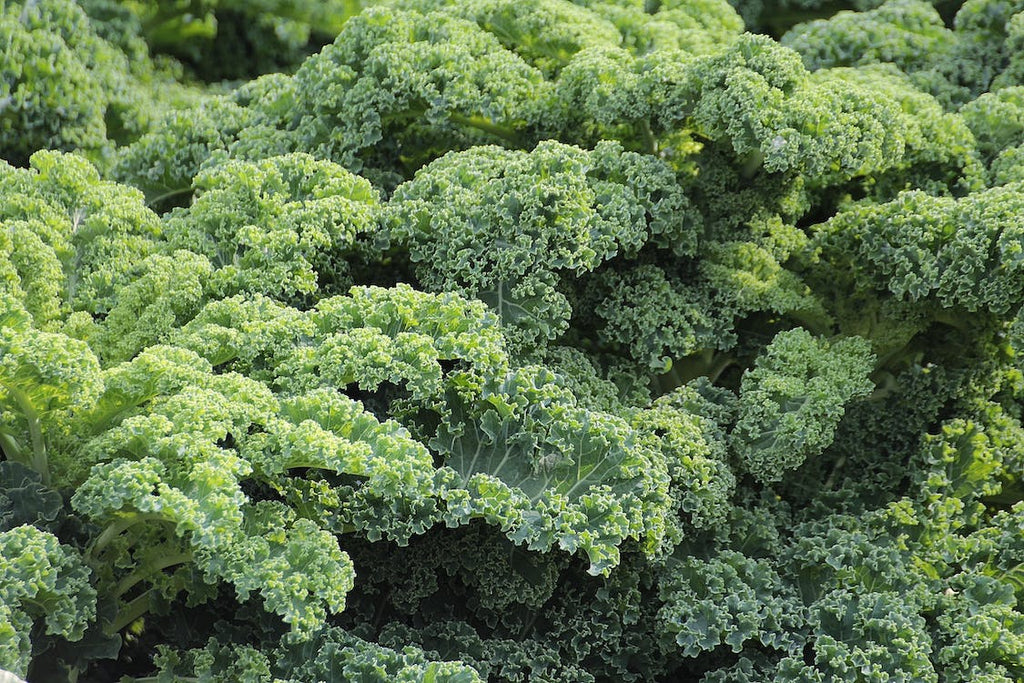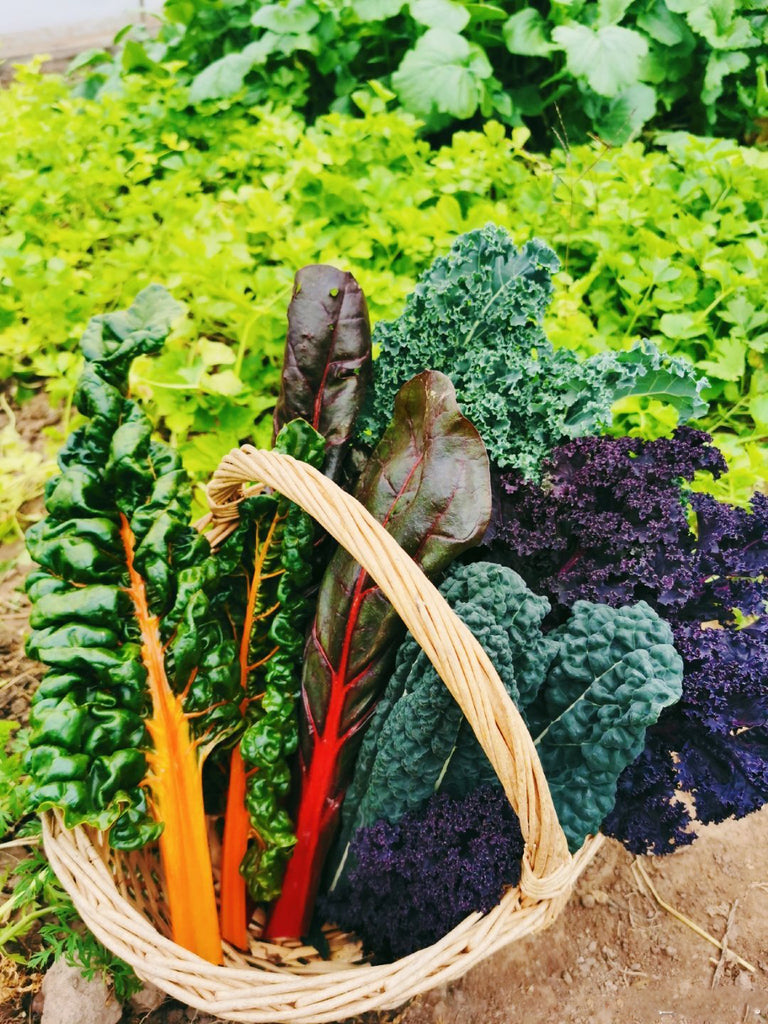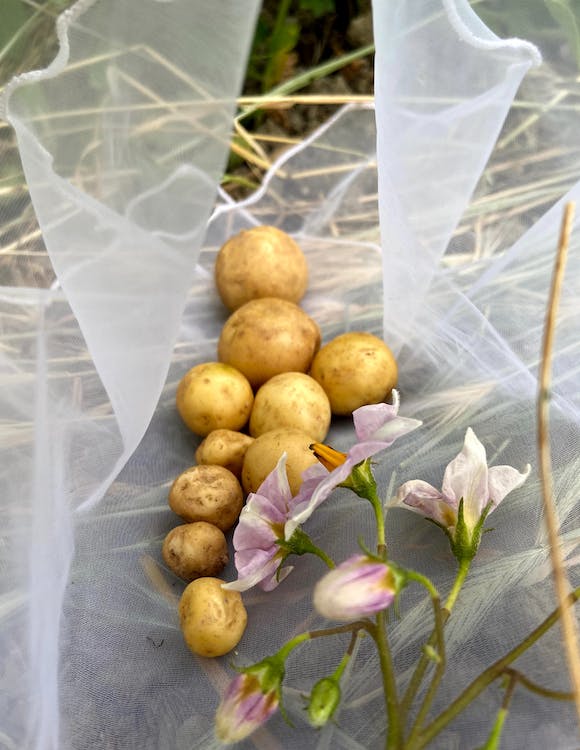
With cooler if not cold weather already here for many of us, now’s a good time to talk about winter gardening and how you can keep your garden going throughout the year. We’ve written before about indoor gardening and greenhouse gardening, but it’s always helpful to revisit the subject and (for this blog) remind us all that there is in fact a wide array of plants you can grow in winter. So let’s dig in, learn a bit about winter gardening and winter gardening plants, and how you can use them in your own gardening space.
Collards and kale are cold-weather gardening favorites around the world, and we’ve written about them before. They’re healthy, delicious, and versatile, and additionally some varietals are decorative as well. They’re worth trying as a garden plant—easy to grow, relatively pest resistant, and cold-tolerant if not cold-hardy.

Radishes can be surprisingly cold-hardy in many climates depending on the varietal grown, and they add a delicious crispy texture and snappy flavor to many winter dishes. Radishes are also relatively quick growing, easy to grow in containers, and they benefit greatly from a small greenhouse, cold frame, or other mode of protection in a winter garden. Plus they can be fun for younger gardeners, who can see them grow quickly and learn that gardening can happen in cooler months too!

Best grown in rich soil, beets are another cold-weather favorite beloved around the world. These colorful plants come in many different varietals, some of which are visually appealing as well as culinary. They do like a bit of space—roughly 1 food/30cm between plants—but they’re well worth it. You can harvest beets when the top of the beetroot grows above the soil. Don’t forget, the greens are edible too!

Although it takes a while before harvest, garlic is a great cold-weather plant for the vegetable gardener. Best planted in autumn and allowed to grow slowly over the winter, garlic does best in full sun and rich, well-drained soil. You can plant garlic by gently breaking apart the cloves on a fresh head (yes, you can use one from the grocery store as long as it’s not dried out) and then planting them immediately with the pointy end upwards. Garlic is generally harvested in early spring, when the bulb is fully formed and the green part has started to brown.
Like their close cousin garlic, onions are best planted in late fall and allowed to grow all winter and through the spring. Unlike garlic, onions are generally harvested in summer so you’ll have an especially long wait, but the flavor of a garden-fresh onion makes this well worth it! You can harvest onions early—that’s where spring onions come from—or use an early maturing varietal like “First Early”. Don’t forget that you can also just grow onions for their greens—cut them low leaving an inch or so of green at the base and they’ll grow back!

While they require additional protection from frosts and hard freezes, potatoes can be successfully planted in mid-winter for a spring harvest. Mulching with straw can help protect them from the cold, as can the judicious use of a row cover to shield them from frosts. Potatoes like rich soil and they demand a lot of nutrients, so don’t forget to use compost or some other soil additive when planting your winter crop.

For many of us there’s still time to get a winter garden started, and there are a few things that we can plant even in the middle of the winter season. We hope this blog gives you the information and inspiration to get started on a winter garden of your own!

Leave a comment